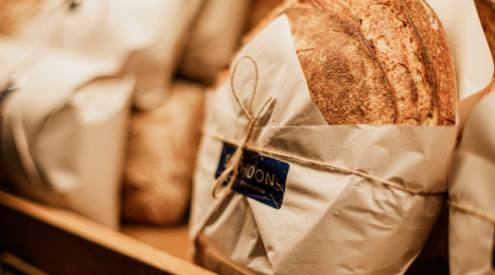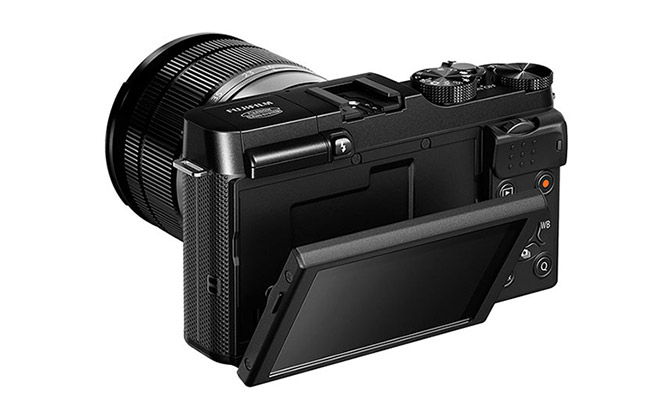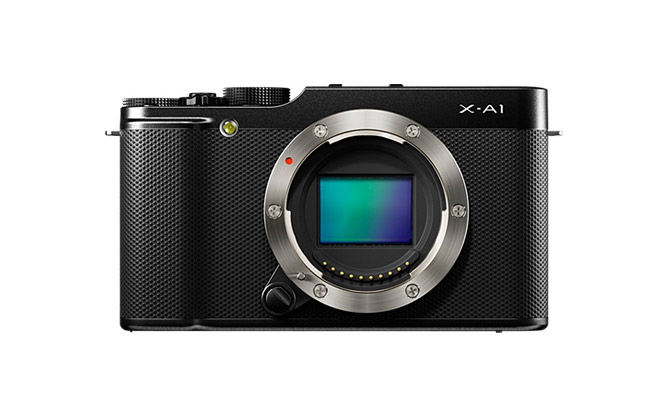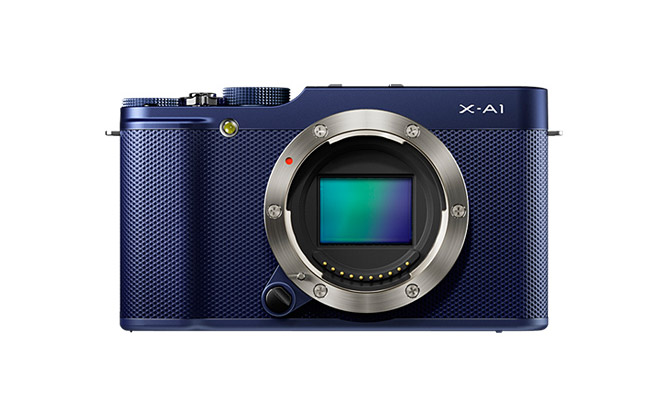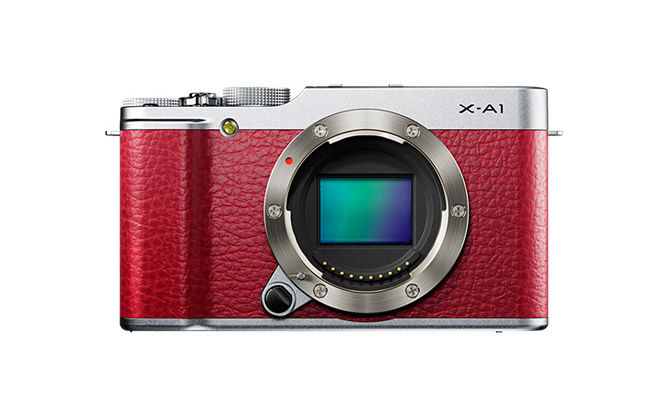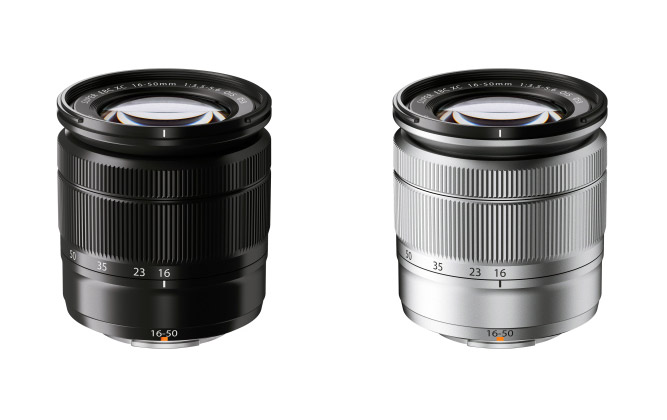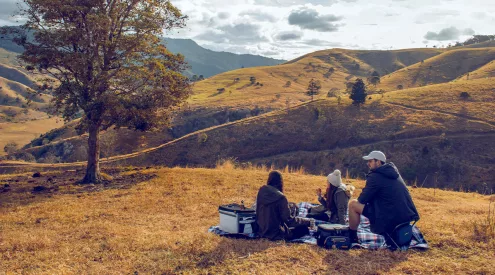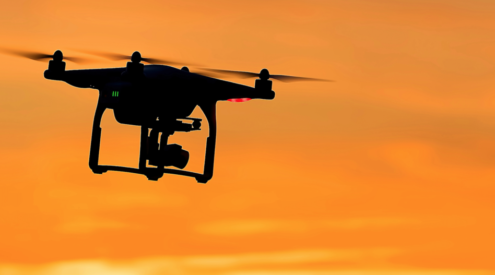Behold! An entry-level, compact system camera with a solid range of interchangeable lenses, retro looks and a reasonable price tag. This is Fujifilm’s X-A1, which joins the line-up of well regarded X-series camera’s in slightly dowdier attire (and a shameful secret… a not quite so high tech sensor), but manages to hold it’s own and produce some excellent images, which is all that really counts.
Key Specifications
- Image resolution: 16.3 megapixels (23.6mm x 15.6mm (APS-C) CMOS)
- Crop factor: 1.53
- Image formats: RAW / JPG (Exif Ver 2.3) / RAW+JPG
- Video formats: MOV, 1920×1080 at 30fps, up to 14 minutes continuous recording
- ISO range: 200-6400 (RAW), extended to 100-25600 (JPG). Auto ISO mode also available
- Continuous shooting: 5.6fps
- Viewfinder: None
- Autofocus: Manual Focus / Area AF (49 areas 7×7) / Multi AF / Continuous AF / Tracking AF
- Shutter speed: 1/4000s to 30s / Bulb (maximum 60 minutes)
- Built-in flash: Yes
- Hot shoe: Yes
- Image stabilizer: Only with OIS type lens
- Lenses: Range of removable Fujifilm X Mount lenses available. M Mount adapter also available
- Audio: Linear PCM Stereo
- LCD: 3.0″ tilt screen, Approx. 920K-dot
- Connectivity: IEEE 802.11b/g/n for direct file transfer over network and PC autosave, plus GEO tagging
- Dimensions: 116.9mm x 66.5mm x 39mm (without lens)
- Weight (incl. battery): 330g
- Memory: SD / SDHC / SDXC memory card (card not included)
- Bundled software: Viewer Software, RAW File Converter
- Approximate retail price: R6599 (includes XC 16-55mm F3.5-5.6 OIS zoom lens, 195g)
Full X-A1 specifications here >
XC 16-55mm lens specification here >
Buy the Fujifilm X-A1 here >
Let’s get the negatives out of the way first. Starting with that attire.
Whereas the rest of the X-range boast shiny alloys and a solid feel straight out of the 60’s, the X-A1 body is completely plastic (barring the hotshoe and lens mount), and although there’s almost zero flex and it doesn’t feel like it’s going to break any time soon, it’s hard to deny that it feels a little less special than its flashier brothers.
Then there’s the sensor. The X-M1, X-E1 and X-Pro1 all use Fujifilm’s top-end “X-Trans” sensor which uses a specially developed colour filter array for improved resolution and “bokeh” depth-of-field effect, and less noise at higher ISOs. The X-A1 does not have this sensor. That’s not to say that the more industry standard APS-C CMOS sensor isn’t any good (and you still get a 16,3 megapixel image in high quality JPG and RAW), but you’re not getting Fujifilm’s best sensor and this is where some of the cost saving lies.
And speaking of RAW. I use Lightroom 4 for photo cataloguing and editing. Lightroom 4 (or lower) does not support Fuji’s RAF (RAW) file format. If you’ve got Lightroom 5.2 or higher you should be ok, but otherwise you’re going to need to convert to DNG (I used Adobe DNG convertor v8.2) or make use of Fujifilm’s bundled RAW file conversion software (clearly they know this is an issue). I didn’t use the bundled convertor and don’t know how well it works, but this extra step might be a deal breaker for some.
This is of course only a problem if you insist on shooting in RAW. I took a mix of JPG and RAW shots and couldn’t determine any significant difference in quality, so unless you’re looking to get quite serious with your post-production, and like to use Lightroom (less than) 4 to do so, this is probably not something that’ll make much difference to you anyway.
The good stuff
I had a lot of fun with this camera. It’s lightweight, easy to sling over your shoulder and go, fast to focus (especially with the 35mm 1.4 prime I was mostly using) and in fair light exhibits almost no discernible lag between shutter button depression and shot. The battery life is rated at 350 stills and I took almost 200 – the power indicator is still showing full a bar.
Both the lenses I tried were very impressive. The kit 16-50mm is versatile and solid, a good lens for most situations. I kept the 35mm on most of the time, mostly because I enjoyed the aperture ring so much, and it’s always good to have such a fast lens at your disposal. Check out the X Mount lens roadmap here. There will be 15 X Mount lenses on the market by early 2014.
The tilt screen also proved useful in helping to eliminate some of the glare outdoors (it tilts 90 degrees either straight up or down) and in general the controls are intuitive and easy to use. I found myself quite happily shooting in aperture/shutter priority or full manual, and with the ‘Fn’ button programmed for ISO control, it was simple and quick to make adjustments and shoot on the fly.
I was a little disappointed not to find a panorama mode, but having just put down the Samsung Galaxy NX (which costs over R10,000 more), perhaps I’m expecting too much. In fact it all comes down to the cost factor on this one. The X-A1 is a great deal if c. R6k is already at the limit of your budget. These compact system cameras are generally not cheap and once you start buying extra lenses, things can get pricey very quickly (be aware that the other X Mount lenses are each going to cost roughly the same again). The X-A1 will help offset some of that cost without sacrificing much in the way of build or image quality.
The X-A1’s video is full HD, the LCD screen is bright and clear and the picture quality is excellent. If you’re looking for the versatility of high-quality detachable lenses, want to keep it all compact and light-weight, and don’t have huge amounts of money to spend, then this is definitely something worth looking at.


